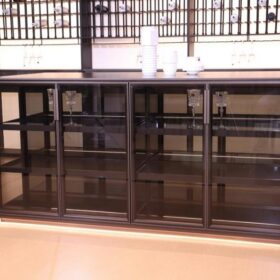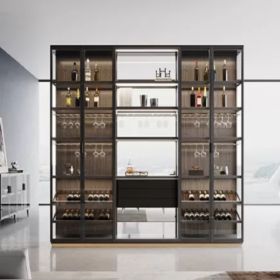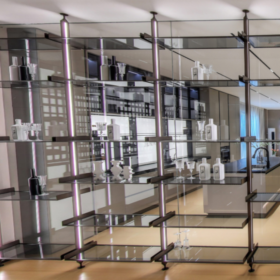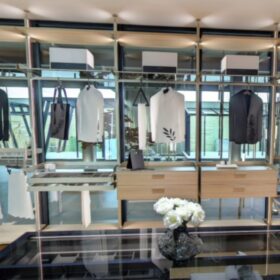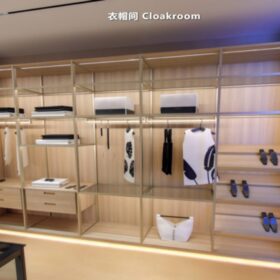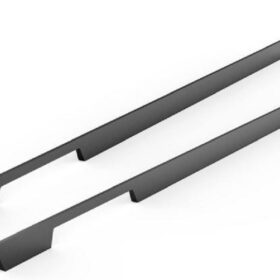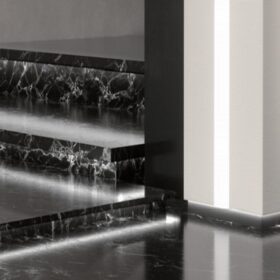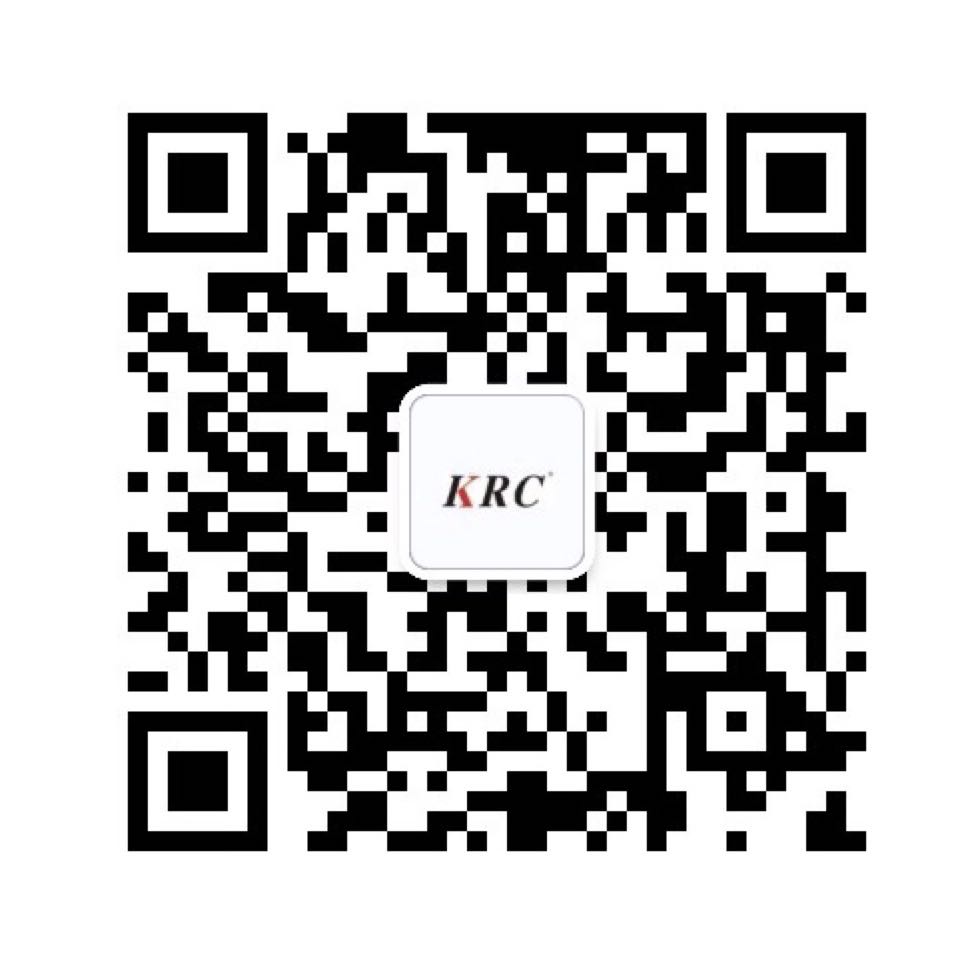Understanding Circular Aluminum Profiles- A Comprehensive Guide
Introduction
In the realm of industrial and architectural design, circular aluminum profiles reign supreme as versatile and enduring materials. Their exceptional strength, lightweight nature, and infinite customization possibilities have made them indispensable for a wide range of applications. This comprehensive guide will delve into the intricacies of circular aluminum profiles, providing a thorough understanding of their properties, uses, and fabrication techniques.
Properties and Benefits
Circular aluminum profiles are characterized by their unique combination of properties that make them ideally suited for various industries. These include:
Durability: Aluminum is highly resistant to corrosion and weathering, ensuring the profiles’ longevity in harsh environments.
Strength: Circular profiles provide excellent strength-to-weight ratio, making them suitable for high-load bearing applications.
Lightness: Aluminum’s low density makes circular profiles easy to handle and transport.
Formability: The ductile nature of aluminum allows for complex shapes and contours to be formed.
Aesthetics: Circular profiles offer a sleek and modern aesthetic appeal, enhancing the visual appeal of any project.
Applications
The versatility of circular aluminum profiles makes them suitable for a diverse range of applications, including:
Architecture: Curtain walls, facades, skylights, and handrails
Automotive: Bumper reinforcements, chassis components, and trim
Aerospace: Structural elements, wing spars, and fuselage panels
Furniture: Chairs, tables, and lighting fixtures
Industrial: Conveyor systems, scaffolding, and machinery parts
Fabrication Techniques
Circular aluminum profiles can be fabricated using various techniques, such as:
Extrusion: Molten aluminum is forced through a die to create continuous profiles in a variety of shapes, including circular.
Roll forming: Sheet aluminum is passed through a series of rollers to form the desired shape.
Bending: Pre-formed profiles can be bent to precise angles using specialized machinery.
Welding: Aluminum welding techniques can be employed to join circular profiles securely.
Conclusion
Circular aluminum profiles offer unparalleled versatility, durability, and aesthetic appeal for a multitude of applications. By understanding their properties and fabrication techniques, engineers and designers can harness the full potential of these remarkable materials to create innovative and enduring structures. As the demand for lightweight, high-performance materials continues to rise, circular aluminum profiles are poised to play an increasingly significant role in the future of industrial and architectural design.
-
2024-11-29Top Trends in Modern Kitchen Cabinet Pulls for 2024
-
2024-11-28The Ultimate Guide to Modern Kitchen Cabinet Pulls- Materials, Styles, and Tips
-
2024-11-27Elevate Your Kitchen Design with These Must-Have Modern Cabinet Pulls
-
2024-11-26Sleek and Stylish- The Best Modern Kitchen Cabinet Pulls for a Contemporary Look


